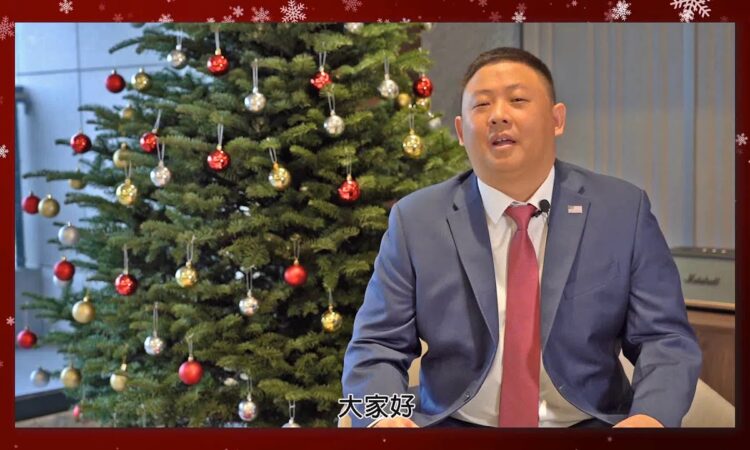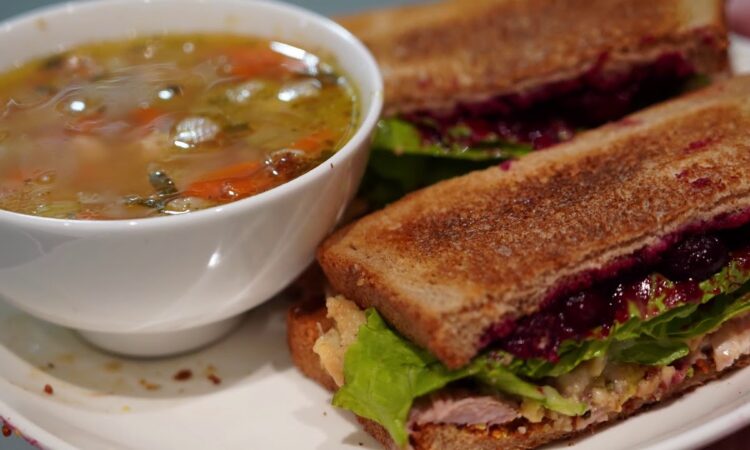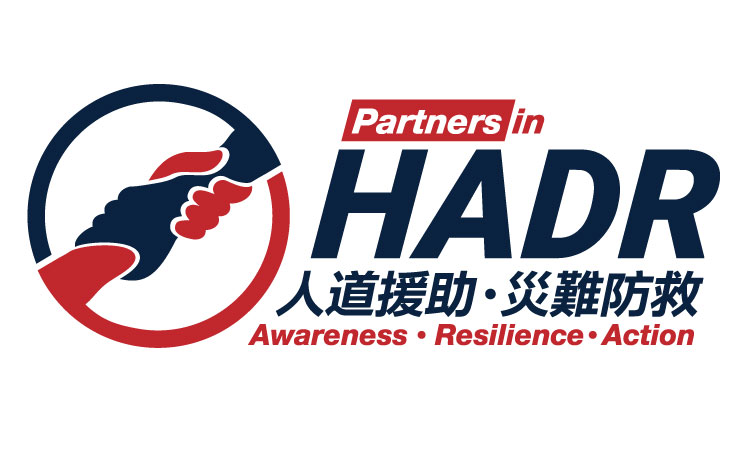American Institute in Taiwan
Notice of Funding Opportunity
Funding Opportunity Number: AIT2021200-001
Deadline for Applications: April 12, 2021
Total Amount Available: Up to $20,000 USD
A. PROGRAM DESCRIPTION
The American Institute in Taiwan announces an open competition for individuals and/or organizations to submit applications to create and implement programs to support and increase Taiwan’s capacity for Humanitarian Assistance and Disaster Relief (HADR). Please carefully follow all instructions below.
Priority Region: N/A
Program Objectives:
These programs must be aimed at improving the resilience of the people of Taiwan to respond to disasters, natural or civil. Programs could include in-person or virtual events like workshops, training sessions or conferences; creating or improving on-line resources; launching an awareness campaign through outreach, media or social media; or any other feasible program idea. Topics can include disaster preparedness; civilian response to disasters, including search and rescue and emergency medical care; improving communication methods during disasters; or any other feasible topic. The program can be conducted in Chinese or English. Grant documents and instructions will be provided only in English.
Participants and Audiences:
The target audience is people currently living in Taiwan who might have to respond to a disaster. This can include any age group or gender. The program description must explain why reaching the selected target audience will achieve the goals of the program.
B. FEDERAL AWARD INFORMATION
Length of performance period:
One year from the date of grant signing (approximately May 2021 to April 2022)
Number of awards anticipated:
One to two awards (dependent on amounts)
Award amounts: minimum of $10,000 USD to a maximum of $20,000 USD
Total available funding: Up to $20,000 USD
Type of Funding: FY21 Public Diplomacy Funds
Anticipated program start date: May, 2021
This notice is subject to availability of funding.
Funding Instrument Type: Standard Grant
Program Performance Period: Proposed programs should be completed in one year or less.
C. ELIGILIBITY INFORMATION
1. Eligible Applicants
The following organizations are eligible to apply:
• Not-for-profit organizations, including think tanks and civil society/non-governmental organizations
• Public and private educational institutions
• Individuals
• Public International Organizations and Governmental institutions
2. Cost Sharing or Matching
Cost sharing is not required. However, proposals with cost-sharing elements will be viewed favorably.
3. Other Eligibility Requirements
In order to be eligible to receive an award, all organizations must have a unique entity identifier (Data Universal Numbering System/DUNS number from Dun & Bradstreet), as well as a valid registration on www.SAM.gov. Please see Section D.5 for information on how to obtain these registrations. Individuals are not required to have a unique entity identifier or be registered in SAM.gov.
D. APPLICATION AND SUBMISSION INFORMATION
1. Address to Request Application Package
Application forms required below are available here:
*Individual Application Form for Federal Assistance (SF 424)
*Organization form Application for Federal Assistance (SF-424)
*AIT Standard Terms and Conditions
2. Content and Form of Application Submission
Please follow all instructions below carefully. Proposals that do not meet the requirements of this announcement or fail to comply with the stated requirements will be ineligible.
Content of Application
Please ensure:
• The proposal clearly addresses the goals and objectives of this funding opportunity
• All documents are in English
• All budgets are in U.S. dollars
• All pages are numbered
• All documents are formatted to 8 ½ x 11 paper, and
• All Microsoft Word documents are single-spaced, 12 point Times New Roman font, with a minimum of 1-inch margins.
The following documents are required:
1. Mandatory application forms
• SF-424 (Application for Federal Assistance – organizations) or SF-424-I (Application for Federal Assistance –individuals)
2. Summary Page: Cover sheet stating the applicant name and organization, proposal date, program title, program period proposed start and end date, and brief purpose of the program.
3. Proposal: The proposal should contain sufficient information that anyone not familiar with it would understand exactly what the applicant wants to do. You may use your own proposal format, but it must include all the items below.
• Proposal Summary: Short narrative that outlines the proposed program, including program objectives and anticipated impact.
• Introduction to the Organization or Individual applying: Background information on the experience and qualifications of the individual/organization. A description of past and present operations, showing ability to carry out the program, including information on all previous grants from U.S. government agencies.
• Problem Statement: Clear, concise and well-supported statement of the problem to be addressed and why the proposed program is needed
• Program Goals and Objectives: The “goals” describe what the program is intended to achieve (ex. to increase resilience is too vague. How will this increase resilience?) The “objectives” refer to the intermediate accomplishments on the way to the goals. These should be achievable and measurable. Describe the target audience (young students? Retired volunteers?), including number of projected participants.
• Program Methods/Design/Activities: Describe the program activities and how they will help achieve the objectives. Explain how the program is expected to work to solve the stated problem and achieve the goal. Include a logic model as appropriate. Include proposed metrics for measuring the success of the grant (for example, a before and after survey? Social media statistics? Follow on programs?). Please include an operational plan, including any required staffing.
• Proposed Program Schedule and Timeline: The proposed timeline for the program activities. Include the dates, times, and locations of planned activities and events. You may not have specific dates or times, but the information you do know (for example “a hands-on training about how to set up emergency shelters in June or July 2021, followed by a social media campaign in the fall of 2021, culminating in a symposium in November 2021”)
• Key Personnel: Names, titles, roles and experience/qualifications of key personnel involved in the program.
• Program Partners: List the names and type of involvement of key partner organizations and sub-awardees.
• Program Monitoring and Evaluation Plan: This is an important part of successful grants. Throughout the time-frame of the grant, how will the activities be monitored to ensure they are happening in a timely manner, and how will the program be evaluated to make sure it is meeting the goals of the grant?
• Future Funding or Sustainability: Applicant’s plan for continuing the program beyond the grant period, or the availability of other resources, if applicable.
4. Budget Justification Narrative: Use a separate sheet of paper to describe each of the budget expenses in detail.
See APPENDIX I
5. Unique Entity Identifier and System for Award Management (SAM.gov) (NOTE: This is required for all organizations. Individuals are exempt from this requirement)
Required Registrations:
All organizations applying for grants (except individuals) must obtain these registrations. All are free of charge:
• Unique entity identifier from Dun & Bradstreet (DUNS number)
• NCAGE/CAGE code
• www.SAM.gov registration
See APPENDIX II
6. Funding Restrictions
Award funds may not be used to pay for food or alcohol, nor for paid media participation or endorsement
7. Submission Dates and Times
Applications are due no later than close of Business on Monday, April 12, 2021
8. Other Submission Requirements
All application materials must be submitted by email to grantsubmission@mail.ait.org.tw with the subject line: AIT2021200-001_HADR_Name of applicant name or organization
E. APPLICATION REVIEW INFORMATION
Anticipated Announcement and Federal Award Dates: Week of April 19, 2021
Each application will be evaluated and rated on the basis of the evaluation criteria outlined below:
Program Planning/Ability to Achieve Objectives – 25 points: Goals and objectives are clearly stated and program approach is likely to provide maximum impact and achieve goals.
Organizational Capacity and Record on Previous Grants – 20 points: The organization has expertise in its stated field and has the internal controls in place to manage federal funds, including financial management systems.
Budget – 15 points: The budget justification is detailed. Costs are reasonable with no questionable items. The budget is realistic, accounting for all necessary expenses to achieve proposed activities. No food, alcohol or paying for media coverage.
Monitoring and evaluation plan – 10 points: Applicant demonstrates it is able to measure program success against key indicators and provides milestones to indicate progress toward goals outlined in the proposal. The program includes output and outcome indicators, and shows how and when those will be measured.
Sustainability – 10 points: Program activities will continue to have positive impact after the end of the program.
Innovation – 10 points: Program shows innovation in design, audience reached, problem to be solved, or method of solving
Diversity – 10 points: Program reaches diverse audiences and or includes diverse grantees/implementors, including ethnic, racial, gender and socioeconomic diversity.
F. FEDERAL AWARD ADMINISTRATION INFORMATION
1. Federal Award Notices
The grant award or cooperative agreement will be written, signed, awarded, and administered by the Grants Officer. The assistance award agreement is the authorizing document and it will be provided to the recipient for review and signature by email. The recipient may only start incurring program expenses beginning on the start date shown on the grant award document signed by the Grants Officer.
If a proposal is selected for funding, the American Institute in Taiwan has no obligation to provide any additional future funding. Renewal of an award to increase funding or extend the period of performance is at the discretion of the American Institute in Taiwan.
Issuance of this NOFO does not constitute an award commitment on the part of the American Institute in Taiwan, nor does it commit the American Institute in Taiwan to pay for costs incurred in the preparation and submission of proposals. Further, the American Institute in Taiwan reserves the right to reject any or all proposals received.
Payment Method: AIT will disburse funds through electronic fund transfers. Payment frequency will be discussed upon grantee selection.
2. Administrative and National Policy Requirements
Terms and Conditions: Before submitting an application, applicants should review all the terms and conditions and required certifications which will apply to this award, to ensure that they will be able to comply.
See APPENDIX III
3. Reporting
Reporting Requirements: The grant award document will specify how often these reports must be submitted.
G. FEDERAL AWARDING AGENCY CONTACTS
If you have any questions about the grant application process, please contact: grantsubmission@mail.ait.org.tw
APPENDIX I
Guidelines for Budget Justification
Personnel and Fringe Benefits: Describe the wages, salaries, and benefits of temporary or permanent staff who will be working directly for the applicant on the program, and the percentage of their time that will be spent on the program.
Travel: Estimate the costs of travel and per diem for this program, for program staff, consultants or speakers, and participants/beneficiaries. If the program involves international travel, include a brief statement of justification for that travel.
Equipment: Describe any machinery, furniture, or other personal property that is required for the program, which has a useful life of more than one year (or a life longer than the duration of the program), and costs at least $5,000 per unit.
Supplies: List and describe all the items and materials, including any computer devices, that are needed for the program. If an item costs more than $5,000 per unit, then put it in the budget under Equipment.
Contractual: Describe goods and services that the applicant plans to acquire through a contract with a vendor. Also describe any sub-awards to non-profit partners that will help carry out the program activities.
Other Direct Costs: Describe other costs directly associated with the program, which do not fit in the other categories. For example, shipping costs for materials and equipment or applicable taxes. All “Other” or “Miscellaneous” expenses must be itemized and explained.
Indirect Costs: These are costs that cannot be linked directly to the program activities, such as overhead costs needed to help keep the organization operating. If your organization has a Negotiated Indirect Cost Rate (NICRA) and includes NICRA charges in the budget, attach a copy of your latest NICRA. Organizations that have never had a NICRA may request indirect costs of 10% of the modified total direct costs as defined in 2 CFR 200.68.
“Cost Sharing” refers to contributions from the organization or other entities other than the U.S. Embassy. It also includes in-kind contributions such as volunteers’ time and donated venues.
Alcoholic Beverages: Please note that award funds cannot be used for alcoholic beverages.
| Budget Categories | Total Costs |
| 1. Personnel | $— |
| 2. Fringe Benefits | $— |
| 3. Travel | $— |
| 4. Equipment | $— |
| 5. Supplies | $— |
| 6. Contractual | $— |
| 7. Construction | $— |
| 8. Other Direct Costs | $— |
| 9. Total Direct Costs (lines 1-8) | $— |
| 10. Indirect Costs | $— |
| 11. U.S. Share of Costs (lines 9-10) | $— |
| 12. Recipient Share of Costs | $— |
APPENDIX II
Step 1: Apply for a DUNS number and an NCAGE number (these can be completed simultaneously)
DUNS application: Organizations must have a Data Universal Numbering System (DUNS) number from Dun & Bradstreet. If your organization does not have one already, you may obtain one by calling 1-866-705-5711 or visiting http://fedgov.dnb.com/webform
NCAGE application: Application page here: https://eportal.nspa.nato.int/AC135Public/scage/CageList.aspx
Instructions for the NCAGE application process:
https://eportal.nspa.nato.int/AC135Public/Docs/US%20Instructions%20for%20NSPA%20NCAGE.pdf
For NCAGE help from within the U.S., call 1-888-227-2423
For NCAGE help from outside the U.S., call 1-269-961-7766
Email NCAGE@dlis.dla.mil for any problems in getting an NCAGE code.
Step 2: After receiving the NCAGE Code, proceed to register in SAM.gov by logging onto: https://www.sam.gov. You MUST enter all the information for SAM.gov the SAME WAY you have entered into DUNS and NCAGE in order to avoid submission errors (pay attention especially for spaces and upper-and-lower case letters). SAM registration must be renewed annually.
APPENDIX III
TERMS AND CONDITIONS, please see here.


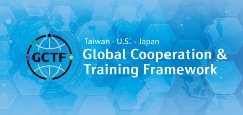




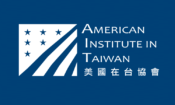
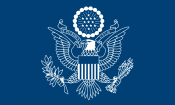
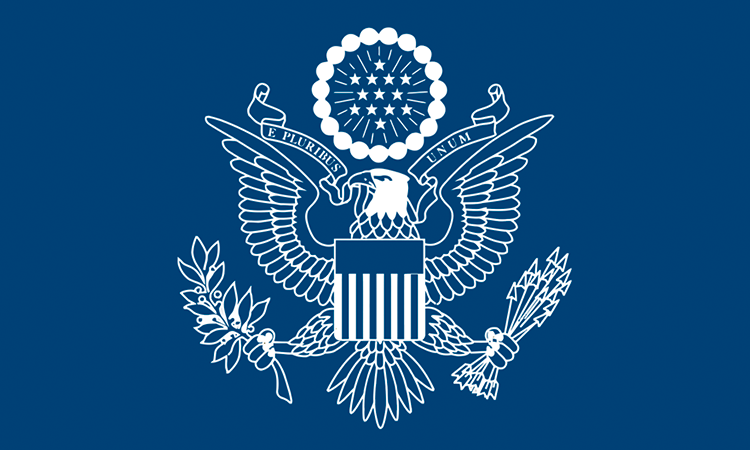
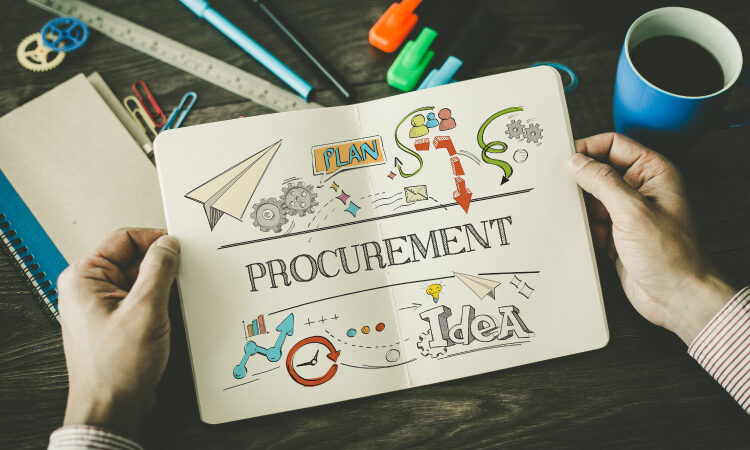




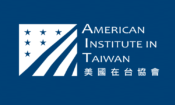
![Video Thumbnail [Recovered]-01](../wp-content/uploads/sites/269/Video-Thumbnail-Recovered-01-1-750x450.jpg)
